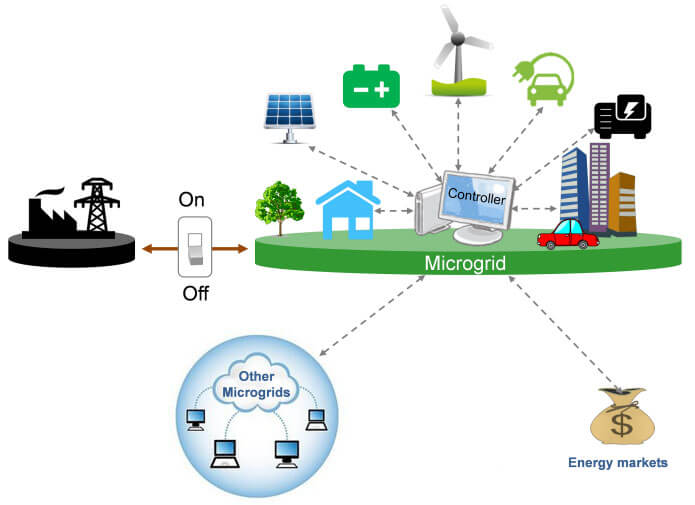The Energy Show: By Barry Cinnamon
California continues to lead the country when it comes to clean and inexpensive energy. Here is an example – In May the California Energy Commission passed a rule that goes into effect on January 1, 2020 that requires solar on all new homes. The rule applies to all new homes, apartments and condos under three stories tall. The rule also includes an option to include an energy storage system (which we believe will become a standard feature with all solar systems).
We have received a number of calls and emails from people both in favor of and against this new rule since it was passed. What we really like about this new rule is that new home buyers will definitely save money. We’ve done hundreds of installations on new homes and the monthly energy savings are always more than the monthly mortgage increase. Always.
According to data from the California Energy Commission, the cost of a new solar system would be an extra $40 per month on a typical mortgage. And that’s without the tax credit. The monthly savings on the homeowner’s electric bill would be $80 per month. So the net monthly savings is $40 per month, or almost $500 per year. So every new home that has solar on it is going to come out almost $500 cash flow positive every year. Based on our installation experiences, I think the CEC’s cost numbers are on the high side and savings number are low – so the benefits are even better. This New Solar Homes Mandate is good for home buyers, and will increase the awareness of solar on existing residential rooftops.
But there are some negatives about this new rule. Some people have a visceral reaction against mandates. They simply don’t want to be told what to do. Moreover, adding solar will slightly increase the cost of a new home. Nevertheless, our government mandates things like seat belts, clean air, new home warranties and energy efficiency. By mandating popular consumer safety and efficiency benefits, costs generally come down for everyone, to the overall benefit of society. For more about California’s New Solar Homes Mandate, Listen Up to this week’s Energy Show.


